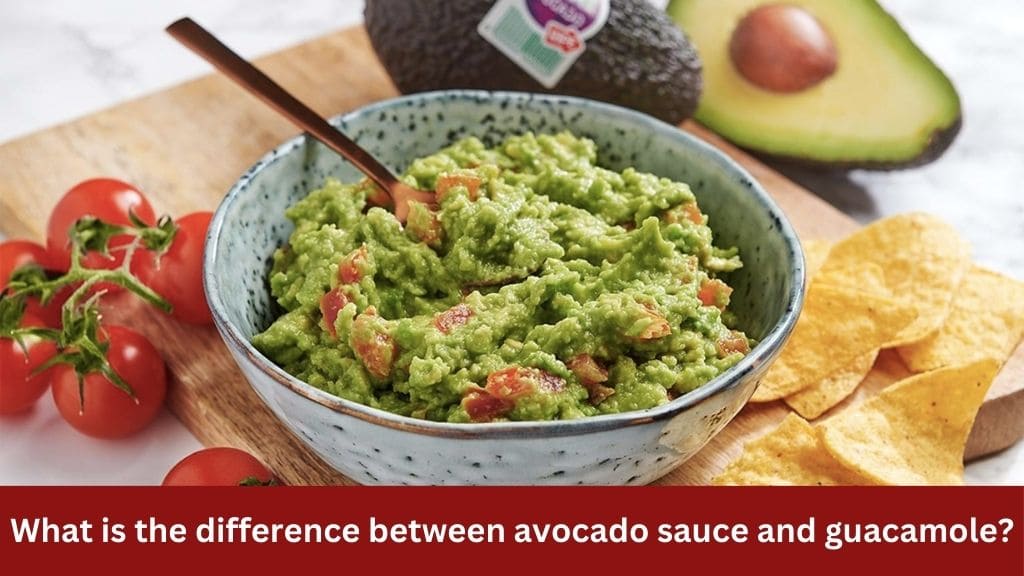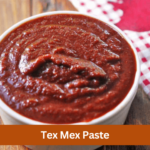Avocado-based condiments have become staples in many cuisines worldwide, but within Mexican cuisine particularly, two prominent options stand out: avocado sauce and guacamole. While they may appear similar at first glance, there are subtle yet significant differences between the two. In this comprehensive guide, we’ll delve into the nuances of avocado sauce and guacamole, exploring their ingredients, preparation methods, cultural significance, and more.
Avocado is celebrated for its creamy texture and versatile flavor, making it a prized ingredient in various culinary traditions. In Mexican cuisine, avocados feature prominently in dishes ranging from tacos to salads. Avocado sauce and guacamole are two beloved accompaniments that showcase the fruit’s rich taste, but their distinctions lie in their ingredients, preparation techniques, and cultural origins.
Origins and Cultural Significance
Guacamole: A Culinary Legacy

Guacamole’s origins can be traced back to ancient Mesoamerican civilizations, notably the Aztecs, who revered avocados as a sacred fruit. The Aztecs cultivated avocados and incorporated them into their diet, recognizing their nutritional value and creamy texture. The earliest versions of guacamole likely consisted of mashed avocados combined with onions, tomatoes, chili peppers, and salt, reflecting the Aztec’s resourcefulness and culinary ingenuity.
With the arrival of Spanish conquistadors in the 16th century, guacamole underwent a transformation as new ingredients such as garlic, cilantro, and lime were introduced to the region. These additions not only enhanced the flavor profile of guacamole but also diversified its culinary applications. Over time, guacamole became synonymous with Mexican cuisine, cherished for its rich and creamy texture, vibrant flavors, and cultural significance.
Beyond its culinary appeal, guacamole holds cultural significance as a symbol of hospitality, celebration, and communal sharing. In Mexican households, preparing guacamole is often a communal activity, with family members gathering to share stories, bond, and savor the fruits of their labor together. Guacamole is also a staple at festive gatherings, such as Cinco de Mayo, Dia de los Muertos, and other cultural celebrations, where it serves as a flavorful accompaniment to traditional dishes and a testament to the country’s rich culinary heritage.
Avocado Sauce: A Modern Interpretation
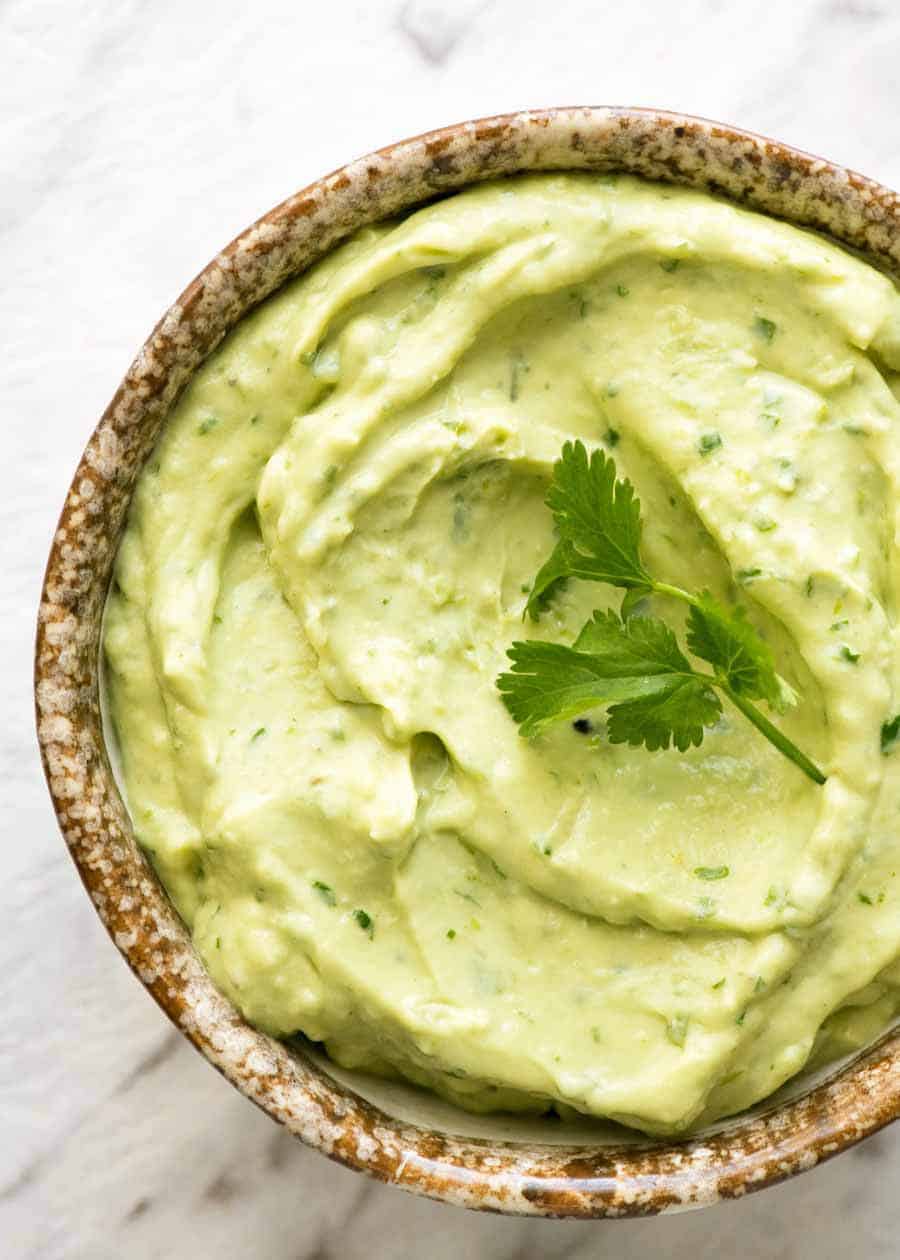
Avocado sauce, also known as avocado salsa, represents a more contemporary interpretation of utilizing avocados in culinary creations. While its exact origins are less documented compared to guacamole, avocado sauce shares similarities with traditional salsas found in Mexican cuisine. However, its distinguishing feature lies in the inclusion of tomatillos, a staple ingredient in many Mexican dishes, which adds a tangy, acidic note to the sauce.
Despite its modern origins, avocado sauce pays homage to Mexico’s culinary traditions and cultural heritage. By incorporating traditional ingredients such as avocados, tomatillos, cilantro, and chili peppers, avocado sauce bridges the gap between past and present, offering a fresh and innovative twist on classic flavors. As a result, avocado sauce has gained popularity both within Mexico and beyond, celebrated for its versatility, refreshing taste, and ability to complement a wide range of dishes.
Ingredients and Flavor Profiles
Guacamole: Creamy and Flavorful
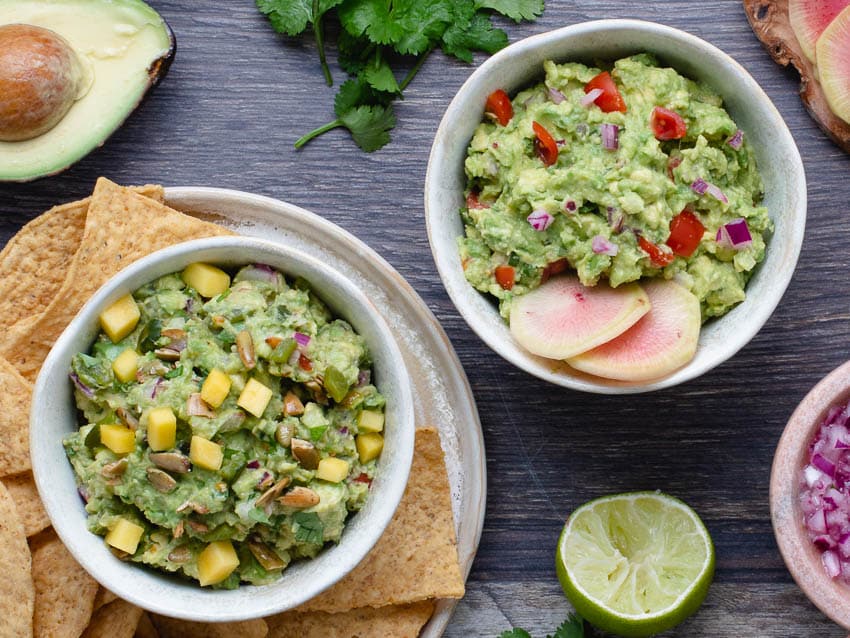
Guacamole boasts a simple yet harmonious blend of ingredients, with ripe avocados taking center stage. These creamy fruits serve as the foundation of guacamole, imparting a luxurious texture and rich flavor to the dish. To complement the avocado’s natural creaminess, additional components such as diced onions, minced garlic, chopped cilantro, lime juice, and salt are added.
Each ingredient in guacamole contributes to its distinctive flavor profile. Diced onions add a subtle crunch and pungent sweetness, while minced garlic provides depth and complexity. Chopped cilantro lends a fresh and herbaceous note, enhancing the overall brightness of the dish. Lime juice adds a tangy acidity that balances the richness of the avocados, while salt helps to amplify the flavors and tie everything together.
The combination of creamy avocados, tangy lime juice, aromatic herbs, and savory seasonings creates a dip that is both indulgent and refreshing. Guacamole’s flavor profile is characterized by its creamy texture, zesty citrus notes, and vibrant herbal undertones, making it a versatile and irresistible accompaniment to a wide range of dishes.
Avocado Sauce: Tangy and Refreshing

Avocado sauce offers a more nuanced flavor profile, thanks to the inclusion of tomatillos and other traditional salsa ingredients. Ripe avocados serve as the base of the sauce, providing a creamy texture and mild flavor that acts as a canvas for other ingredients. Tomatillos, with their tart and slightly acidic taste, add a distinct tanginess to the sauce, balancing the richness of the avocados with their bright, citrusy flavor.
In addition to avocados and tomatillos, avocado sauce may also contain jalapeños, cilantro, garlic, lime juice, and salt. These ingredients work in harmony to create a sauce that is both tangy and refreshing, with layers of flavor that unfold with each bite. Jalapeños add a subtle heat that complements the other ingredients, while cilantro contributes a fresh and herbaceous note.
Preparation Methods
Guacamole: Mashed to Perfection

The preparation of guacamole is characterized by its simplicity and versatility. Typically, ripe avocados are used as the primary ingredient, chosen for their creamy texture and rich flavor. To begin, the avocados are halved, pitted, and scooped into a mixing bowl. Using a fork or potato masher, the avocados are gently mashed until the desired consistency is achieved.
Once the avocados are mashed to perfection, additional ingredients such as diced onions, minced garlic, chopped cilantro, lime juice, and salt are added to the bowl. These ingredients are carefully mixed together, ensuring that each component is evenly distributed throughout the guacamole. Some variations of guacamole may also incorporate diced tomatoes, chili peppers, or spices, allowing for endless customization according to personal taste preferences.
The beauty of guacamole lies in its adaptability – it can be served chunky or smooth, depending on individual preferences. Some prefer a rustic, chunky guacamole with visible pieces of avocado and other ingredients, while others prefer a smoother, more homogenous texture. Regardless of the preferred consistency, guacamole is beloved for its rich and creamy texture, vibrant flavors, and versatility as a dip, topping, or accompaniment.
Avocado Sauce: Blended for Smoothness

In contrast to guacamole, avocado sauce is characterized by its smooth and velvety texture, achieved through the use of a blender or food processor. Ripe avocados serve as the base of the sauce, chosen for their creamy consistency and mild flavor. Alongside the avocados, tomatillos, jalapeños, cilantro, garlic, lime juice, and salt are added to the blender.
The ingredients are then blended together until smooth and well-incorporated, resulting in a creamy sauce with a vibrant green hue. Depending on the desired consistency, additional lime juice or water may be added to thin out the sauce, ensuring that it is pourable and drizzle-worthy. The blending process helps to break down the ingredients and emulsify them into a smooth and creamy texture, while also intensifying the flavors and melding them together harmoniously.
Serving Suggestions
Guacamole: A Versatile Dip
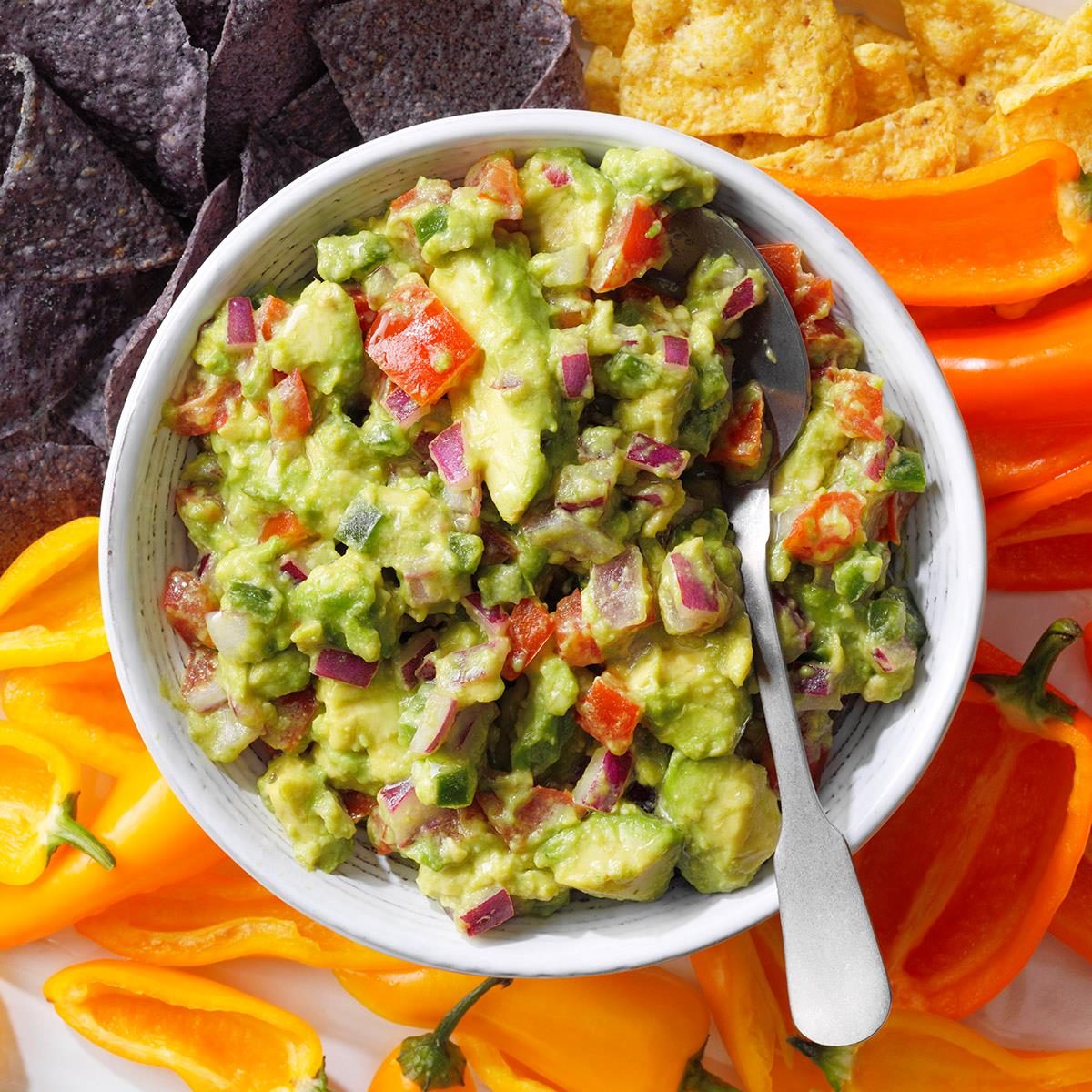
Guacamole’s thick and creamy texture makes it an ideal dip for a variety of dishes, offering a burst of flavor and richness with every bite. Here are some popular serving suggestions for guacamole:
- Tortilla Chips: Guacamole is a classic accompaniment to tortilla chips, offering a perfect balance of creamy avocado, tangy lime, and savory spices. Serve guacamole alongside a bowl of freshly fried or baked tortilla chips for a crowd-pleasing appetizer or snack.
- Vegetable Crudites: For a lighter option, serve guacamole with a selection of fresh vegetable crudites such as carrot sticks, cucumber slices, bell pepper strips, and cherry tomatoes. The creamy texture of the guacamole pairs beautifully with the crispness of the vegetables, creating a refreshing and satisfying snack.
- Tacos and Burritos: Guacamole is a classic topping for tacos, burritos, and other Mexican-inspired dishes. Spoon a generous dollop of guacamole onto grilled or fried tacos, burritos, or quesadillas to add a creamy and flavorful element to each bite.
- Nachos: Create a decadent plate of loaded nachos by spreading a layer of warm tortilla chips on a baking sheet and topping them with shredded cheese, black beans, jalapeños, diced tomatoes, and dollops of guacamole. Bake until the cheese is melted and bubbly, then garnish with fresh cilantro, sour cream, and salsa before serving.
- Sandwiches and Wraps: Guacamole can also be used as a spread for sandwiches, wraps, or burgers, adding a creamy and flavorful twist to ordinary dishes. Spread a generous layer of guacamole onto bread, tortillas, or buns before adding your favorite fillings for a delicious and satisfying meal.
Avocado Sauce: A Zesty Topping

Avocado sauce’s smooth and pourable consistency makes it a versatile topping for a wide range of dishes, adding a burst of tangy flavor and vibrant color. Here are some popular serving suggestions for avocado sauce:
- Tacos and Enchiladas: Drizzle avocado sauce over tacos, enchiladas, or tostadas to add a creamy and refreshing element to each bite. The tangy and zesty flavor of the sauce complements the savory filling of the tacos or enchiladas, creating a harmonious and satisfying flavor combination.
- Grilled Meats and Seafood: Use avocado sauce as a marinade or dressing for grilled meats and seafood, such as chicken, shrimp, or fish. The creamy texture of the sauce helps to lock in moisture and flavor, while the tangy and refreshing taste adds a burst of freshness to each bite.
- Grain Bowls and Salads: Drizzle avocado sauce over grain bowls, salads, or vegetable dishes to add a creamy and flavorful finishing touch. The sauce adds a pop of color and flavor to the dish, while also providing a creamy and indulgent texture that elevates the overall eating experience.
- Roasted Vegetables: Use avocado sauce as a dipping sauce for roasted vegetables such as sweet potatoes, cauliflower, or Brussels sprouts. The creamy texture of the sauce pairs beautifully with the caramelized sweetness of the roasted vegetables, creating a delicious and satisfying snack or side dish.
- Burgers and Sandwiches: Spread avocado sauce onto burgers, sandwiches, or wraps to add a creamy and flavorful element to each bite. The tangy and zesty flavor of the sauce complements the savory fillings of the burgers or sandwiches, creating a delicious and satisfying meal.
Conclusion
While avocado sauce and guacamole share a common ingredient in ripe avocados, their differences in ingredients, flavor profiles, preparation methods, and serving suggestions set them apart as distinct condiments in Mexican cuisine. Whether you prefer the creamy indulgence of guacamole or the tangy refreshment of avocado sauce, both options offer a delicious way to savor the vibrant flavors of ripe avocados. So, the next time you’re craving a taste of Mexico, consider whipping up a batch of guacamole or avocado sauce to elevate your culinary creations and delight your taste buds. ¡Buen provecho!

